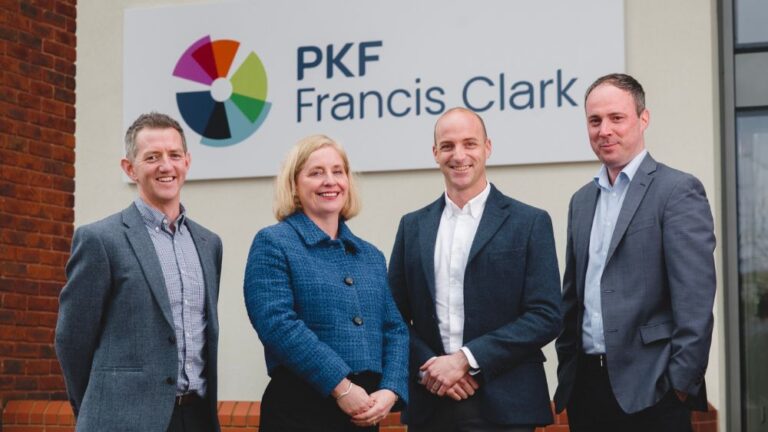
Raising finance – debt or equity funding?
The last decade has been challenging for UK businesses, but with interest rates now coming down and inflation under better control, in theory there is a more stable landscape for businesses to invest in the future. In this article, we look at the funding options.
What’s the difference between Debt and Equity Funding?
Debt Funding
UK debt finance markets have developed considerably in recent years, with a greater number and diversity of providers and products. Businesses are better placed to find suitable funding solutions than they were a decade ago, when most lending came from just four large lenders.
From a debt funding perspective, the mainstream banks and lenders remain the most cost-effective, with competitive margins achievable for well-managed, well-capitalised businesses. However, cost should not be the only focus for management teams looking to secure the most competitive funding terms.
This is where alternative lenders continue to play a significant role, particularly in providing the flexibility often needed in transactional funding for acquisitions, management buyouts or buyins. This flexibility is achieved through longer tenors, interest-only periods, interest roll-ups and partial or full bullet repayment structures, but at a higher margin cost than a more traditional high street lender.
Asset-based lenders are also increasingly bringing something different to the table. By funding balance sheet collateral such as stock, plant and machinery, they offer revolving facilities structured against suitable security collateral. These facilities can provide higher debt quantum as the facility structure eases the debt servicing burden and provides greater flexibility.
Green lending
The commercial real estate sector in particular is becoming increasingly regulated, with new environmental policies like the minimum energy efficiency standards. These regulations can be costly for landlords, often requiring borrowing to finance the necessary changes.
Green financing is now a viable option, providing funds specifically for green projects, such as solar panels or heat pumps on commercial buildings. These loans can also offer flexibility, allowing multiple drawdowns for different projects within a property portfolio for example.
Sustainability-linked loans are another option, allowing borrowing for any purpose, provided the loan terms incentivise meeting sustainability targets. These loans can offer reduced margins for achieving predetermined KPIs, in turn encouraging borrowers to improve their sustainability profile.
Equity Funding
Over the last decade, UK equity finance markets have matured, with a greater range of investors able to support companies at all stages of their development.
In a market where interest rates for debt funding can now stretch towards double digits, the overall cost of equity looks more balanced to an entrepreneur’s eye, enabling private equity (PE) funds to provide a compelling investment case.
Value creation remains the core element of the investment thesis and we have therefore seen PE-backed companies focus on their strategic imperatives, whether that is driving efficiency, maximising expansion opportunities or strategic acquisitions.
There is a lot of dry powder in the mid-market, where regional and national funds have been active and are searching for good homes for investment. A lack of high-quality mandates means valuations are holding up well.
What option is best for you?
In conclusion, the UK commercial finance market continues to evolve, with a strong availability of debt in the mid-market and a growing presence of alternative funders. Equity investment is also a viable option to consider.
Whichever route you go down, we are well-placed to help you find the solution that’s right for you.












